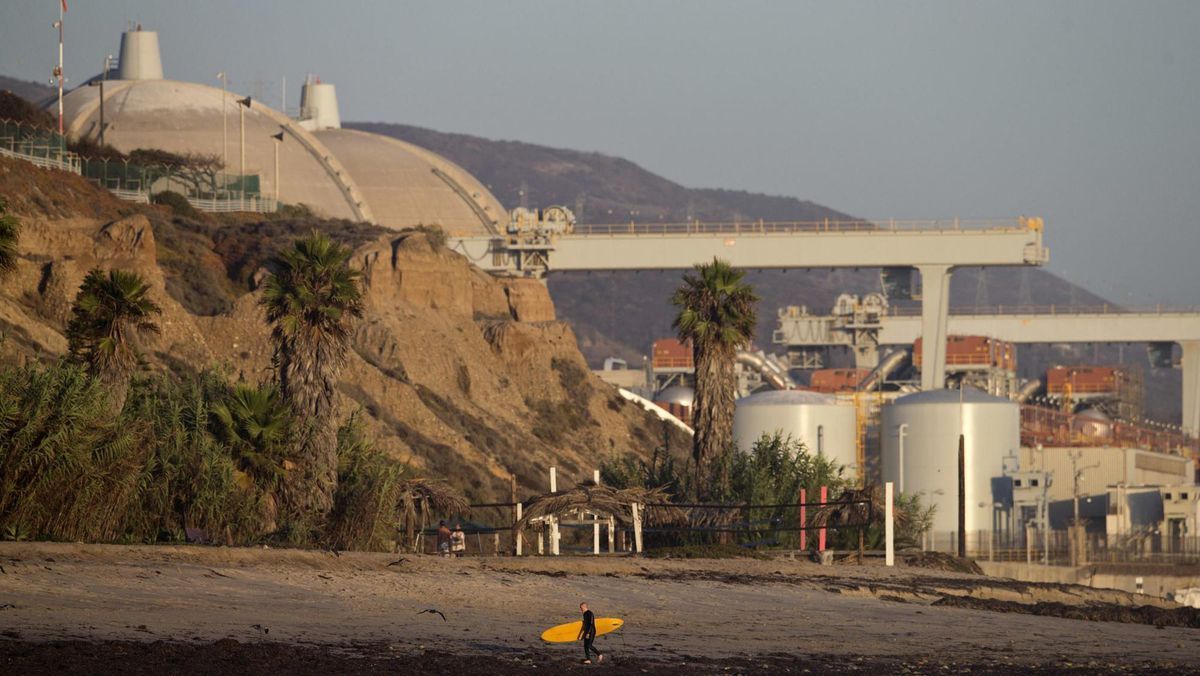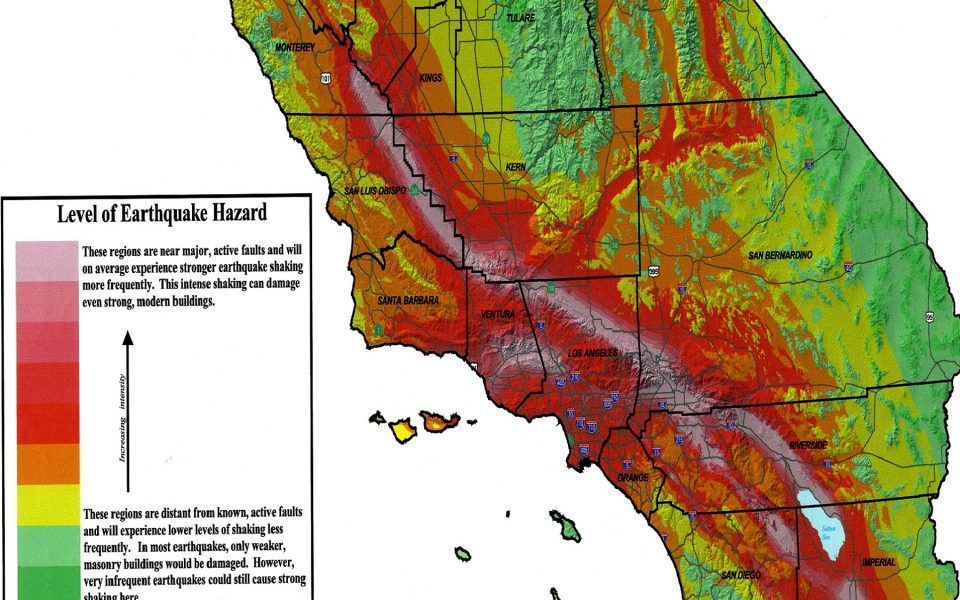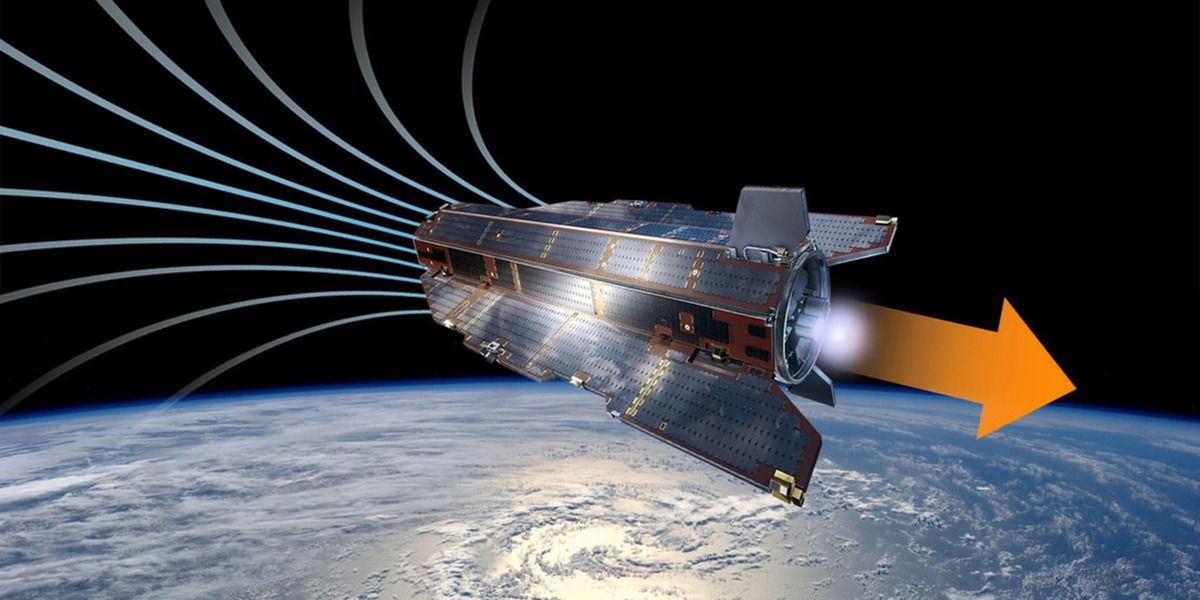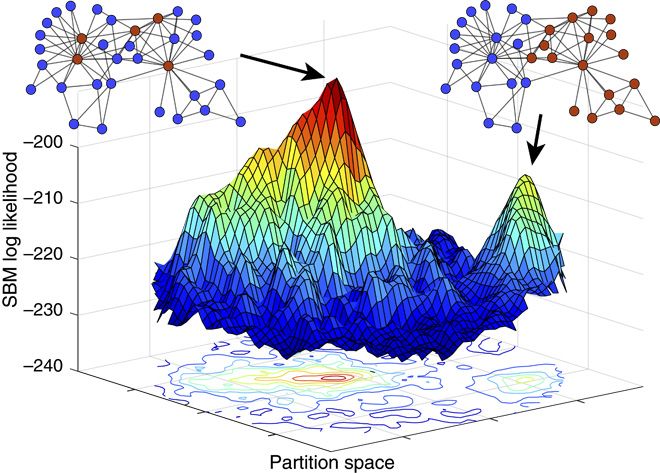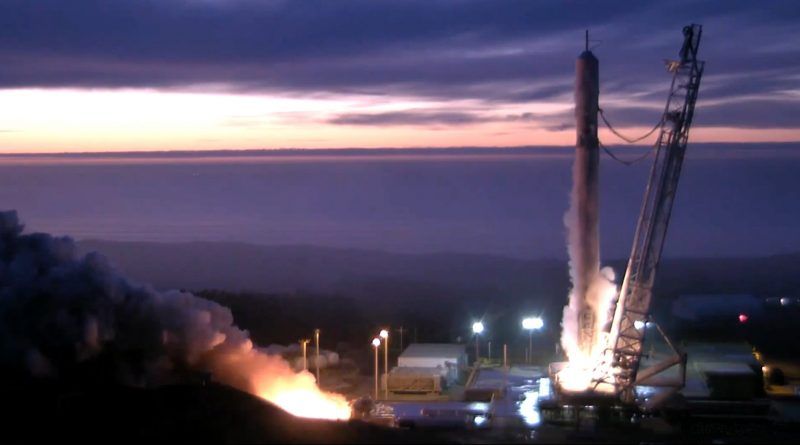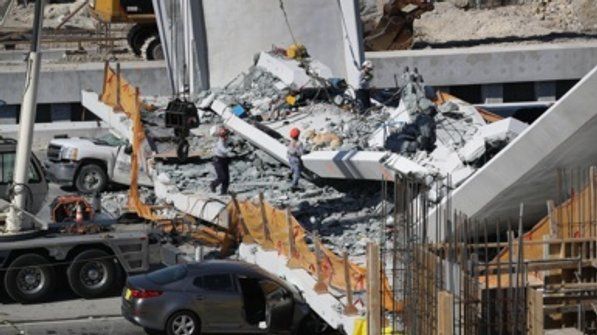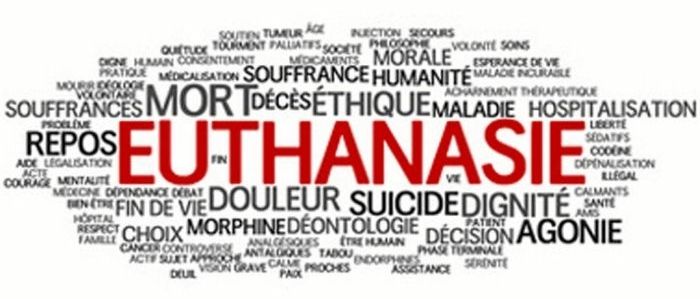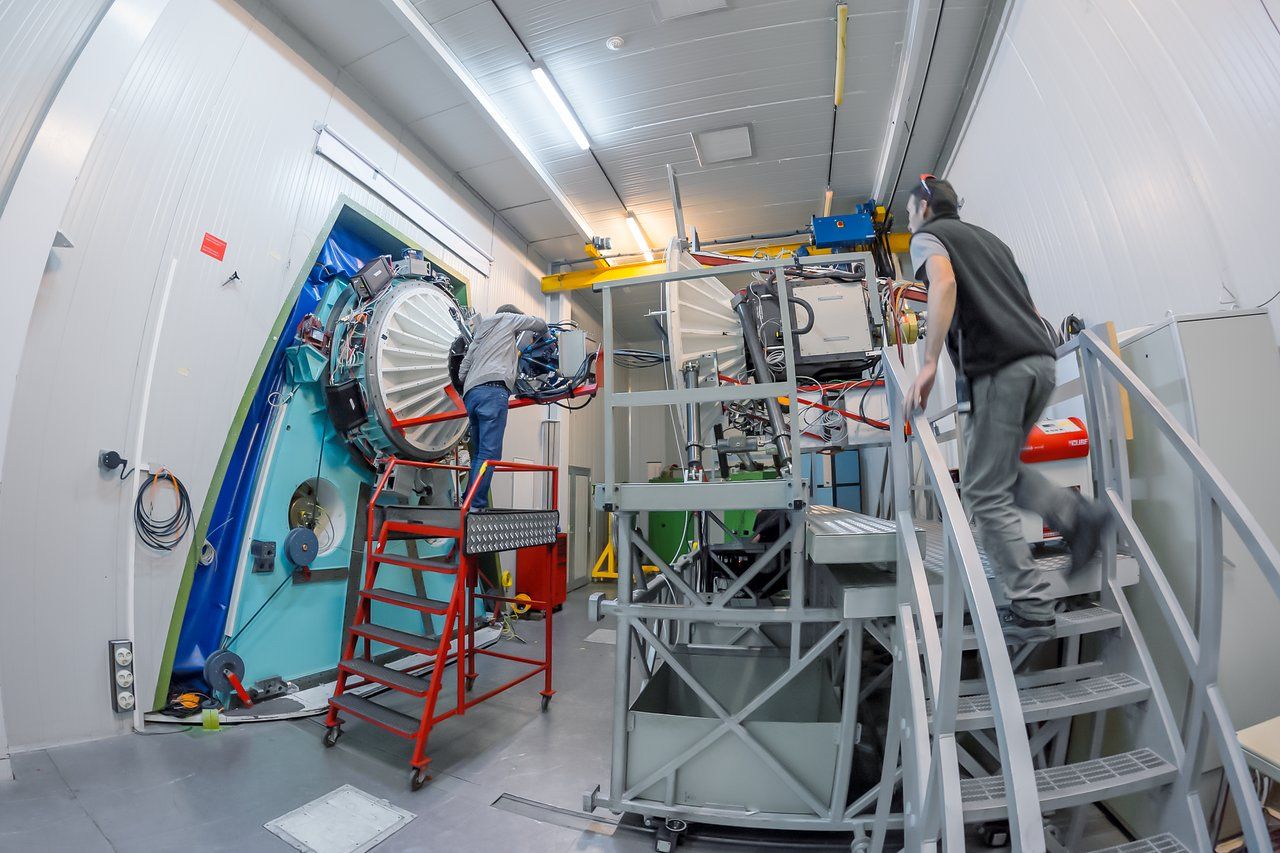Page 9582
Mar 25, 2018
Israeli interceptors deployed against machine gun fire, not rockets: army
Posted by Genevieve Klien in category: military
JERUSALEM (Reuters) — Israel’s Iron Dome anti-missile shield was launched on Sunday against Palestinian machine gun fire originating in the Hamas-dominated Gaza Strip, and not against incoming militant rockets, the Israeli army said.
Flaming streams of about 10 Iron Dome rockets could be seen rising into the night sky in a spectacular light show, but there was no indication that Islamist militants in Gaza had fired rockets, a military spokeswoman said.
A subsequent army statement said: “Following reports of sirens sounding in southern Israel, unusual machine gun fire towards Israel was identified. No rocket launches were identified. The (military) is looking into the circumstances which led to the activation of the Iron Dome system.”
Continue reading “Israeli interceptors deployed against machine gun fire, not rockets: army” »
Mar 25, 2018
Featured Maps! Plate Tectonics & Earthquakes
Posted by Genevieve Klien in category: futurism
T he feeling of the ground shaking can be a scary experience. But have you ever wondered how or why earthquakes happen in the first place? According to National Geographic Society, earthquakes occur near tectonic plates boundaries, slabs of rocky crust that fit together to form the Earths outer shell. Plates, moving by mere inches annually, can grind, collide, separate, and scrape pass one another. Through these interactions, the more strains it builds results in vibrations, known as earthquakes. Some major plates are the Northern American and the Pacific Plate. Although earthquakes are watched closely, they are still hard to predict.
Did you know: In Fort Tejon California, north of LA, had a magnitude of 8.3 earthquake in 1857?
Come explore and learn more about earthquakes from these artistic maps that depict selected earthquakes in the U.S with a magnitude of 7.8 or greater, from 1897–1996, or a map that illustrates how moderate magnitude earthquakes can produce serious effects in Los Angeles, as well as a map that anticipates loss from future earthquakes. My favorite map is the colorful stress map that estimates the differential stress levels in the lithosphere, where earthquakes occur, and by researching the variations of unstable to stable frictional slips on faults can explain the occurrence of ductile earthquakes. Also available is a map that points out previous earthquakes that had generated tsunamis.
Continue reading “Featured Maps! Plate Tectonics & Earthquakes” »
Mar 25, 2018
Mars Travel Could Get Easier Thanks to a New Air-Breathing Thruster
Posted by Genevieve Klien in category: space travel
One of the big issues for traveling to Mars is fuel. It’s a lot of weight to carry in order to travel that far. A new thruster from the European Space Agency could be the answer to that problem and the next step in interplanetary journeys to the red planet.
Mar 25, 2018
An Investor’s Primer: 5G, the Internet of Things, and Augmented/Virtual Reality
Posted by Genevieve Klien in categories: internet, virtual reality
Mar 25, 2018
The ground truth about metadata and community detection in networks
Posted by Genevieve Klien in category: information science
Across many scientific domains, there is a common need to automatically extract a simplified view or coarse-graining of how a complex system’s components interact. This general task is called community detection in networks and is analogous to searching for clusters in independent vector data. It is common to evaluate the performance of community detection algorithms by their ability to find so-called ground truth communities. This works well in synthetic networks with planted communities because these networks’ links are formed explicitly based on those known communities. However, there are no planted communities in real-world networks. Instead, it is standard practice to treat some observed discrete-valued node attributes, or metadata, as ground truth. We show that metadata are not the same as ground truth and that treating them as such induces severe theoretical and practical problems. We prove that no algorithm can uniquely solve community detection, and we prove a general No Free Lunch theorem for community detection, which implies that there can be no algorithm that is optimal for all possible community detection tasks. However, community detection remains a powerful tool and node metadata still have value, so a careful exploration of their relationship with network structure can yield insights of genuine worth. We illustrate this point by introducing two statistical techniques that can quantify the relationship between metadata and community structure for a broad class of models. We demonstrate these techniques using both synthetic and real-world networks, and for multiple types of metadata and community structures.
Mar 25, 2018
Flight-Proven Falcon 9 Completes Static Fire Test for 5th Iridium-NEXT Mission
Posted by Genevieve Klien in categories: drones, health, satellites
A previously-used Falcon 9 booster soared to life at California’s Vandenberg Air Force Base on Sunday for its Static Fire test ahead of lifting the fifth set of Iridium-NEXT communications satellites on Thursday, marking the start of a string of Falcon 9 missions lined up for March and April. Liftoff is targeting 14:19 UTC on March 29 to boost the number of Iridium-NEXT satellites in orbit to 50 as the Virginia-based communications company continues pushing toward having the full Iridium-NEXT constellation in operation by the end of summer.
Sunday’s Static Fire test occurred near the opening of the day’s test window at 7 a.m. and was expected to run for seven seconds to exercise the nine previously-flown Merlin 1D engines of Booster 1041, gearing up for its second Low Earth Orbit mission. The booster was first in action for the third Iridium-NEXT mission in October 2017 and successfully returned via a Drone Ship landing in the Pacific Ocean as SpaceX has yet to conduct its first return-to-launch-site recovery from Vandenberg.
Mar 25, 2018
How Do Forensic Engineers Investigate Bridge Collapses, Like the One in Miami?
Posted by Genevieve Klien in category: futurism
Investigators will study video, design plans and the “accelerated bridge construction” method for clues.
- By Martin Gordon, The Conversation US on March 25, 2018
Mar 25, 2018
Life, death, immortality, the 21st century way
Posted by Zoltan Istvan in categories: life extension, transhumanism
New article in Republican Herald out with #transhumanism for Palm Sunday:
Today is Palm Sunday, the first day of Holy Week. It is a week of great drama, but not of tragedy. A few days after his triumphal entry into Jerusalem, Christ will be crucified. On Easter, the first day of a new week, he will rise from the dead to live eternally.
Belief in this resurrection is the core of Christian faith, and on Easter Christians proclaim, “Oh death, where is thy sting? O grave, where is thy victory?”
Continue reading “Life, death, immortality, the 21st century way” »
Mar 24, 2018
The travelling speed camera
Posted by Genevieve Klien in categories: cosmology, electronics
The ULTRACAM has been a staple in ESO for almost 16 years. This high-speed camera is able to do 500 photographs per second in three different wavelengths and, since 2002 has been operating at the William Herschel Telescope at La Palma (Canary Islands, Spain), the New Technology Telescope at La Silla (Chile) (where this picture was taken) and, most recently, at the Very Large Telescope at Paranal (Chile) and the Thai National Telescope at Chiang Mai (Thailand).
Some of its past targets have included: the study of black holes, “hot-Jupiters” or variable stars.
